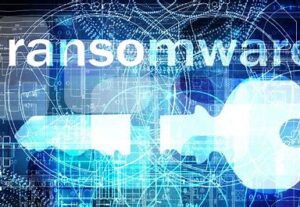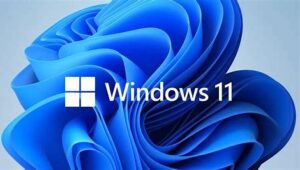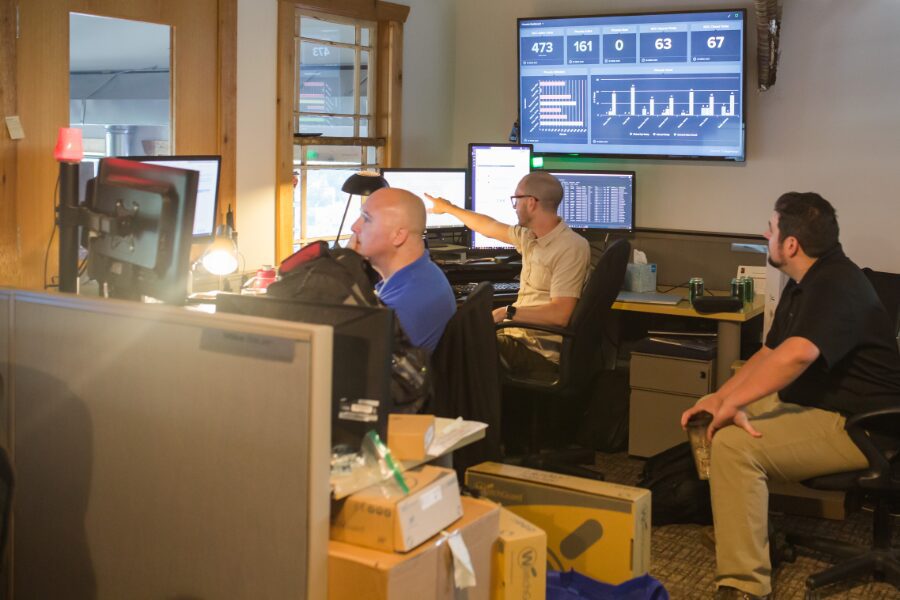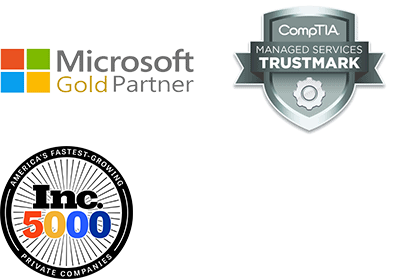Now that 2016 is coming to a close and planning has already begun for 2017, it is a good time for you and your business to realize the importance of IT asset management (ITAM).
According to Wikipedia: “ITAM is the set of business practices that join financial, contractual and inventory functions to support life cycle management and strategic decision making for the IT environment. Assets include all elements of software and hardware that are found in the business environment.”
IT asset management should be a critical part of your ongoing business strategy. By tracking your hardware and software inventory you can make the right decisions and proper timing of hardware and software purchases. ITAM helps save time and money by purchasing the correct technology at the right time and helps you redeploy existing technology whenever possible.
Technology life cycle management helps your business plan and budget the majority of your purchases monthly, quarterly and annually for up to 3-5 years including all Hardware: workstations (3-5 years), servers (4-6 years), switches, tablets, smartphones, printers, etc. and all Software licensing: Microsoft, vendor application software, user licensing, etc.
Life cycle management allows you to efficiently plan and budget for all your user device, infrastructure and software application refreshes and upgrades so you don’t run the risk of running your company on outdated and under-performing hardware and software.
Old hardware and software will incur the following issues:
- Degradation of performance
- Increase of issues
- Increase in downtime – lost user productivity
- Increase in IT management costs –more time spent resolving issues
- Increased Security Risks – Out of support hardware and software may lack current security updates
- Out of support hardware and software may lack performance updates
- If the hardware or software fails – parts and/or vendor support may not be available
As Wikipedia so eloquently states: “Hardware asset management entails the management of the physical components of computers and computer networks, from acquisition through disposal. Common business practices include request and approval process, procurement management, life cycle management, redeployment and disposal management. A key component is capturing the financial information about the hardware life cycle which aids the organization in making business decisions based on meaningful and measurable financial objectives.”
Another part of IT Asset Management that is becoming more critical every day is the development and maintenance of policies, standards, processes, systems and measurements with respect to IT Governance including: compliance, risk and control objectives. This also should include IT asset disposition. I will cover this more in depth in next month’s newsletter.
We at Platte River Networks have processes in place to manage all your IT Asset Management needs. As an Intuition Premium customer, we will be rolling out these updated processes in 2017 to help you manage this critical need.





